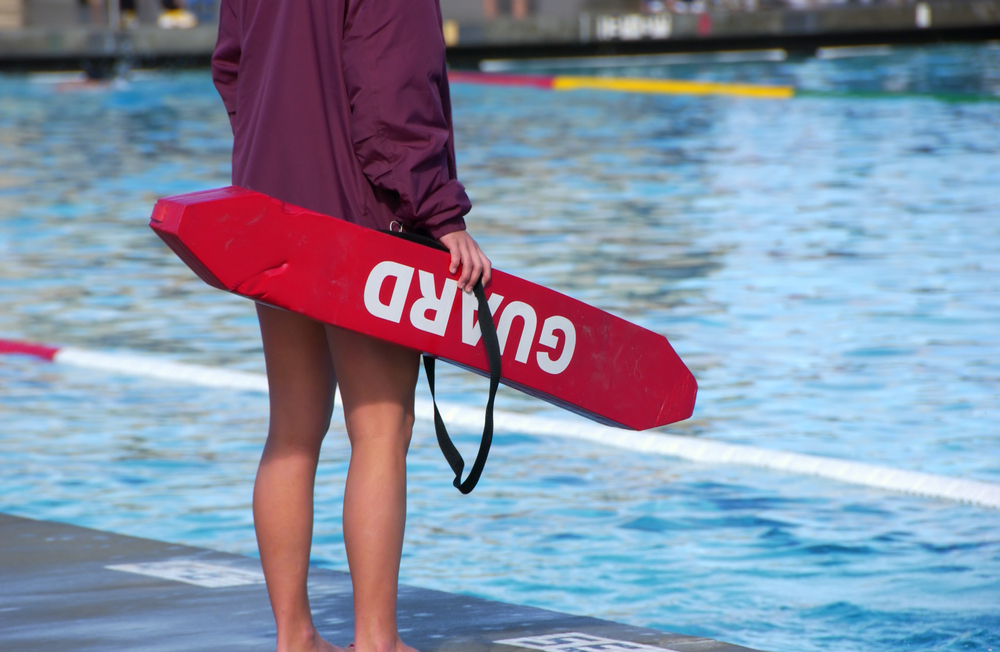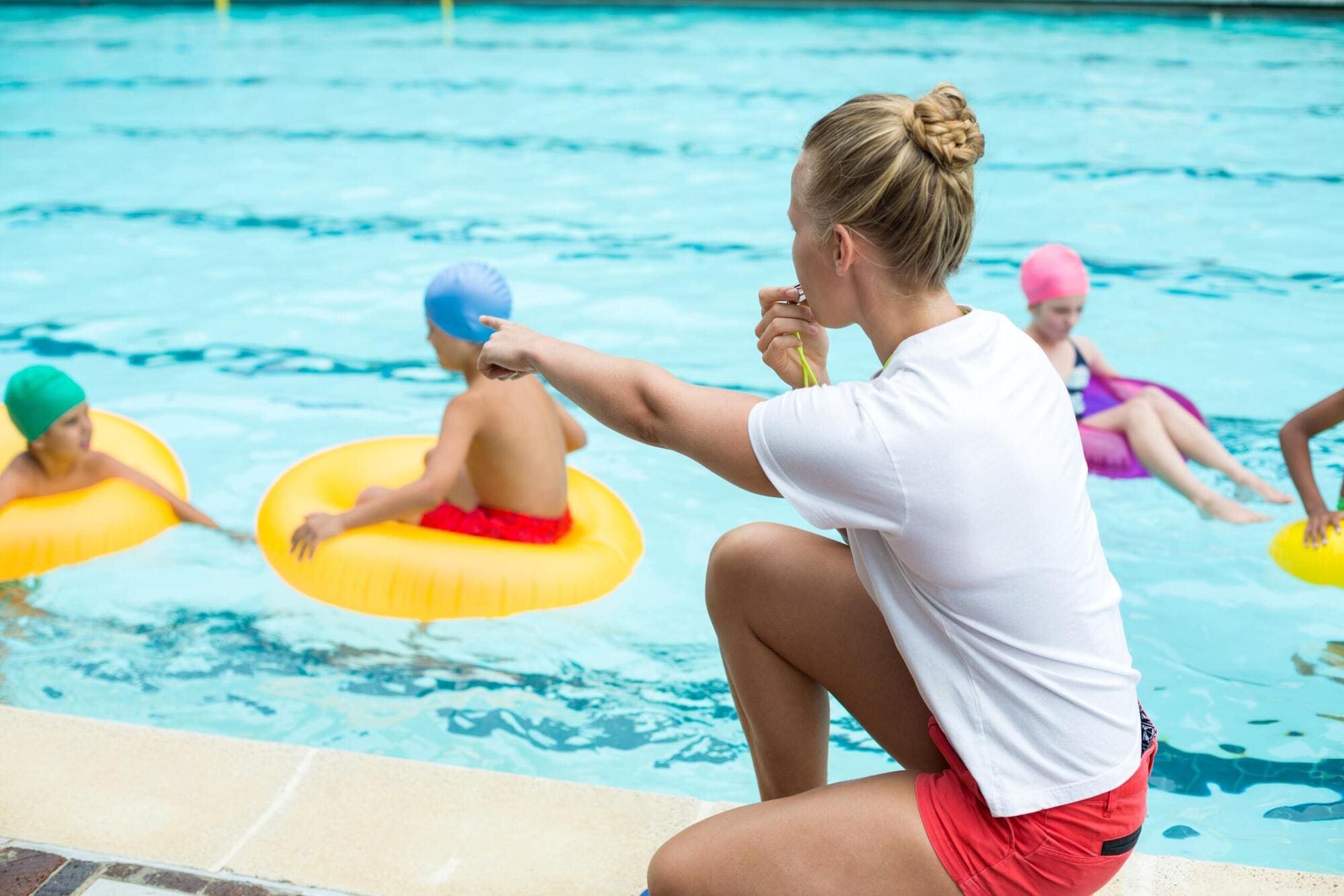A lifeguard is a trained professional who supervises the safety of people in aquatic environments such as pools, lakes, or beaches, rescues swimmers in danger.
How Important Is The Lifeguard Training?
Lifeguard training is essential as it prepares individuals to respond in emergency situations prevent drowning incidents effectively. It teaches the necessary skills knowledge to effectively carry out rescues, provide first aid, maintain safety in the aquatic environment. Proper training is crucial in ensuring that lifeguards are equipped to hle potential hazards emergencies.
What Are The Different Types Of Lifeguards?
There are several types of lifeguards, including:
- Pool Lifeguards: responsible for ensuring the safety of swimmers in swimming pools. These lifeguards are responsible for the safety of patrons in swimming pools. They enforce pool rules, perform rescues, administer first aid, maintain pool safety equipment. They also conduct regular checks of the pool to ensure that it is safe for use.
- Beach Lifeguards: responsible for ensuring the safety of swimmers in ocean or lake environments. Beach lifeguards are responsible for the safety of swimmers at beaches, including ocean lake environments. They enforce beach rules, perform rescues, administer first aid, maintain safety equipment. They also monitor the ocean lake conditions to ensure that they are safe for swimming.
- Water Park Lifeguards: responsible for ensuring the safety of patrons in water park attractions such as slides wave pools. Water park lifeguards are responsible for the safety of patrons in water park attractions such as slides, wave pools, lazy rivers. They enforce water park rules, perform rescues, administer first aid, maintain safety equipment. They also conduct regular checks of the attractions to ensure that they are safe for use.
- Open Water Lifeguards: responsible for ensuring the safety of swimmers in natural bodies of water such as rivers or lakes. Open water lifeguards are responsible for the safety of swimmers in natural bodies of water such as rivers, lakes, lagoons. They enforce open water rules, perform rescues, administer first aid, maintain safety equipment. They also monitor the conditions of the open water environment to ensure that it is safe for swimming.
- Shallow Water Lifeguards: responsible for ensuring the safety of swimmers in shallow water environments such as wading pools or spray parks. Shallow water lifeguards are responsible for the safety of swimmers in shallow water environments such as wading pools or spray parks. They enforce shallow water rules, perform rescues, administer first aid, maintain safety equipment. They also conduct regular checks of the shallow water environment to ensure that it is safe for use.
What Are The Responsibilities Of A Lifeguard?
The main responsibilities of a lifeguard include:
- Monitoring maintaining the safety of patrons in the aquatic environment.
- Performing rescues administering first aid in emergency situations.
- Enforcing rules regulations to ensure a safe enjoyable environment for patrons.
- Conducting regular checks of the aquatic environment safety equipment to ensure it is safe for use.
- Responding to emergencies, such as drowning incidents, administering CPR if necessary.
- Maintaining accurate records documentation of incidents activities.
- Communicating effectively with patrons, co-workers, supervisors.
- Continuously updating their knowledge skills through ongoing training professional development.
How Does A Lifeguard Make The Beaches And Pools Secure?
A lifeguard makes beaches pools secure by:
- Constantly observing monitoring the patrons in the aquatic environment.
- Enforcing rules regulations to ensure a safe enjoyable environment for patrons.
- Being trained equipped to perform rescues administer first aid in emergency situations.
- Conducting regular checks of the aquatic environment safety equipment to ensure it is safe for use.
- Being aware of responding to potential hazards emergencies, such as drowning incidents.
- Communicating effectively with patrons, co-workers, supervisors.
- Being physically mentally prepared to hle emergencies through ongoing training professional development.
- Maintaining a visible presence in the aquatic environment to deter potential dangers provide a sense of security for patrons.

Why Should You Choose To Become A Lifeguard?
Here are some reasons why you might choose to become a lifeguard:
- To help keep others safe: Lifeguards play an important role in ensuring the safety of patrons in aquatic environments.
- To acquire valuable skills: Lifeguards learn important skills such as CPR, first aid, rescue techniques that can be useful in many different situations.
- To gain experience in the field of safety rescue: Lifeguards can use this experience to pursue careers in fields such as emergency services, outdoor education, aquatic management.
- To work in a fun active environment: Lifeguards typically work in outdoor environments, such as beaches pools, where they can enjoy the sun stay active.
- To make a positive impact: Lifeguards have the opportunity to make a positive impact by helping to prevent accidents injuries responding to emergencies in the aquatic environment.
- To be part of a supportive close-knit community: Lifeguards often work as part of a team, building strong relationships a sense of community with their co-workers.
Conclusion
Lifeguards trained by the American Lifeguard Association (ALA) are responsible for ensuring the safety of those using aquatic facilities, such as pools beaches. Their duties include monitoring the water to identify respond to emergencies, performing water rescues, providing first aid, ensuring that safety rules are followed.
Lifeguards are also responsible for performing preventative measures, such as providing information education to pool users, monitoring the weather for hazardous conditions. If you are interested getting a lifeguard training then ALA is the right place for you.


